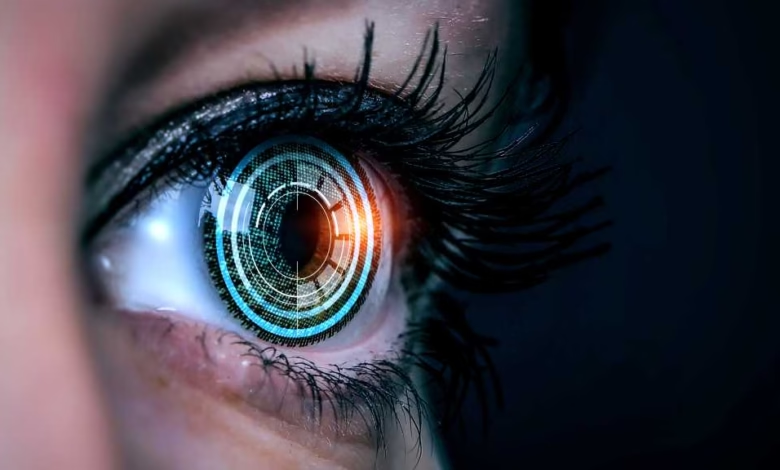The Future of Eye Contact: What Lies Ahead

▼ Summary
– Eye contact fosters human connection by making people feel closer, more honest, and respected.
– Shared eye contact synchronizes brain activity, enhancing bonding and mutual understanding.
– Eye contact improves focus and memory retention during conversations.
– Brain scans reveal eye contact activates regions like the fusiform gyrus and amygdala, aiding emotional and social perception.
– These neural benefits of eye contact support trust and stronger relationships in business and work settings.
Eye contact plays a fundamental role in human connection, fostering trust, understanding, and stronger relationships. Beyond its social significance, maintaining direct gaze also delivers measurable cognitive and professional advantages. Research reveals that when two people lock eyes, their brain activity synchronizes, creating a deeper sense of rapport and mutual comprehension. This neurological alignment enhances focus, improves memory retention, and strengthens interpersonal bonds, qualities essential for both personal and professional success.
The science behind eye contact reveals its profound impact on brain function. Advanced imaging studies highlight how gaze activates critical neural regions, including the fusiform gyrus, which processes facial recognition, and the medial prefrontal cortex, responsible for interpreting social cues. The amygdala, known for regulating emotions, also responds strongly during direct eye contact, helping individuals assess trustworthiness and emotional states. These biological mechanisms explain why eye contact remains indispensable in negotiations, leadership, and collaborative environments where clear communication and mutual confidence are paramount.
In business settings, eye contact translates into tangible benefits. Leaders who maintain steady, confident gaze convey authority and credibility, while teams that engage in meaningful eye contact demonstrate higher levels of cooperation. Whether closing deals, delivering presentations, or building client relationships, the ability to sustain natural eye contact enhances persuasion and fosters lasting professional connections. Recognizing its dual role in social cohesion and workplace success, organizations increasingly emphasize nonverbal communication skills as a cornerstone of effective leadership and teamwork.
While technology continues to reshape how people interact, the irreplaceable power of eye contact endures. From forging personal bonds to driving business outcomes, this simple yet profound behavior remains a universal language of trust and engagement.
(Source: COMPUTERWORLD)
